Resort 2021 Is Canceled—What Does That Mean for Designers and the Stores That Stock Them?
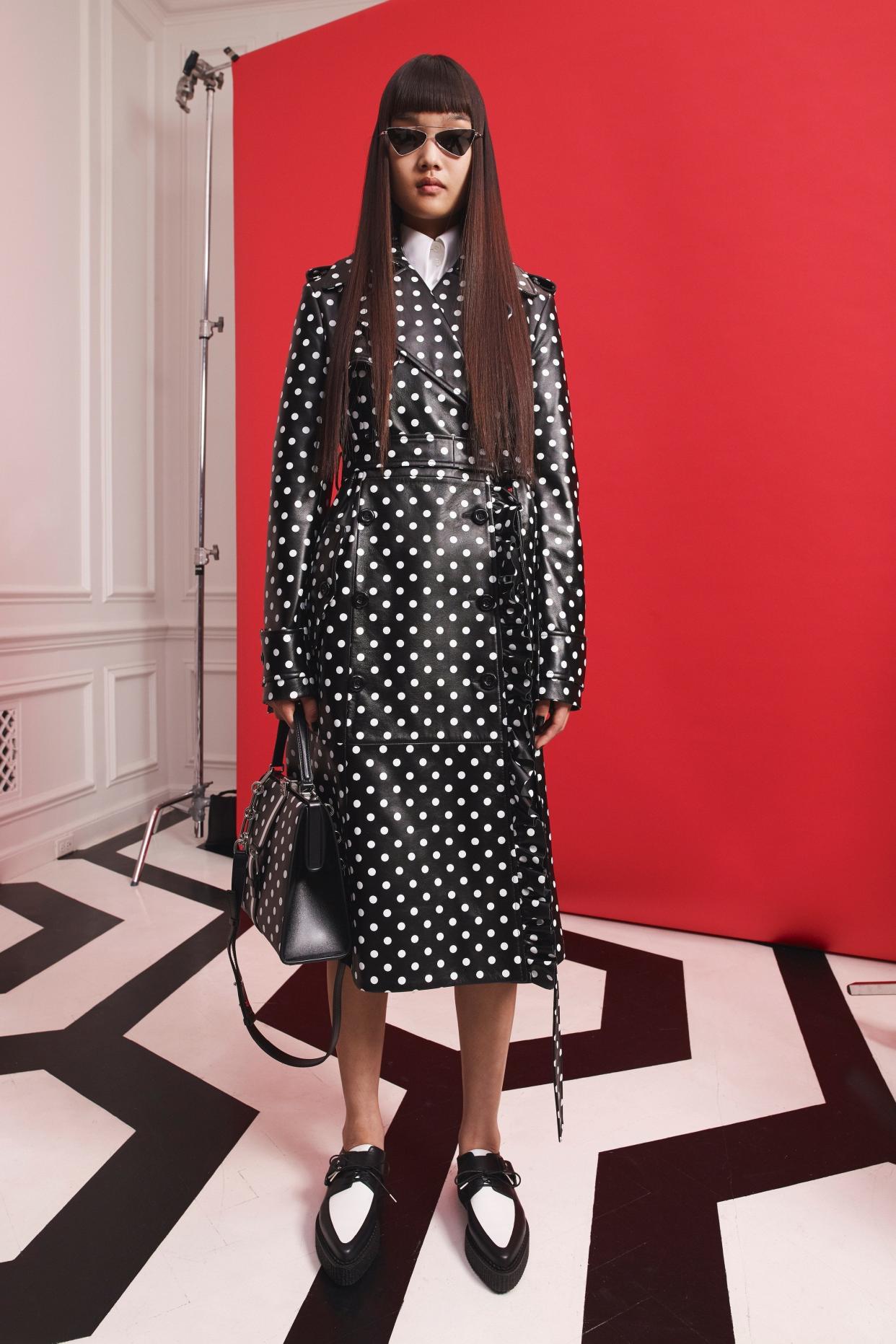
Last Friday, the CFDA announced the cancellation of the official New York Fashion Week: Resort 2021 schedule of presentations, which had been planned for the week of June 6. “The decision was based on the current global situation, the ongoing uncertainty regarding its impact on retailers and their open-to-buys, and designers’ challenges in producing collections at this moment,” the statement read. “We strongly recommend and urge designers not to show their resort spring 2021 collections.” The news followed similar announcements by the Camera Nazionale della Moda Italiana in Milan and the Fédération de la Haute Couture et de la Mode in Paris to postpone or cancel their respective spring 2021 men’s collections, as well as the fall 2020 haute couture shows.
What does the CFDA’s announcement mean for America’s designers and the retailers and e-tailers that stock them? A survey of top names indicates that, despite the challenges of coronavirus isolation and working in an industry that has more or less come to a standstill, labels are proceeding with the resort season, which typically ships to stores in November, as best they can. In the process, they may be laying the groundwork for new ways of doing things.
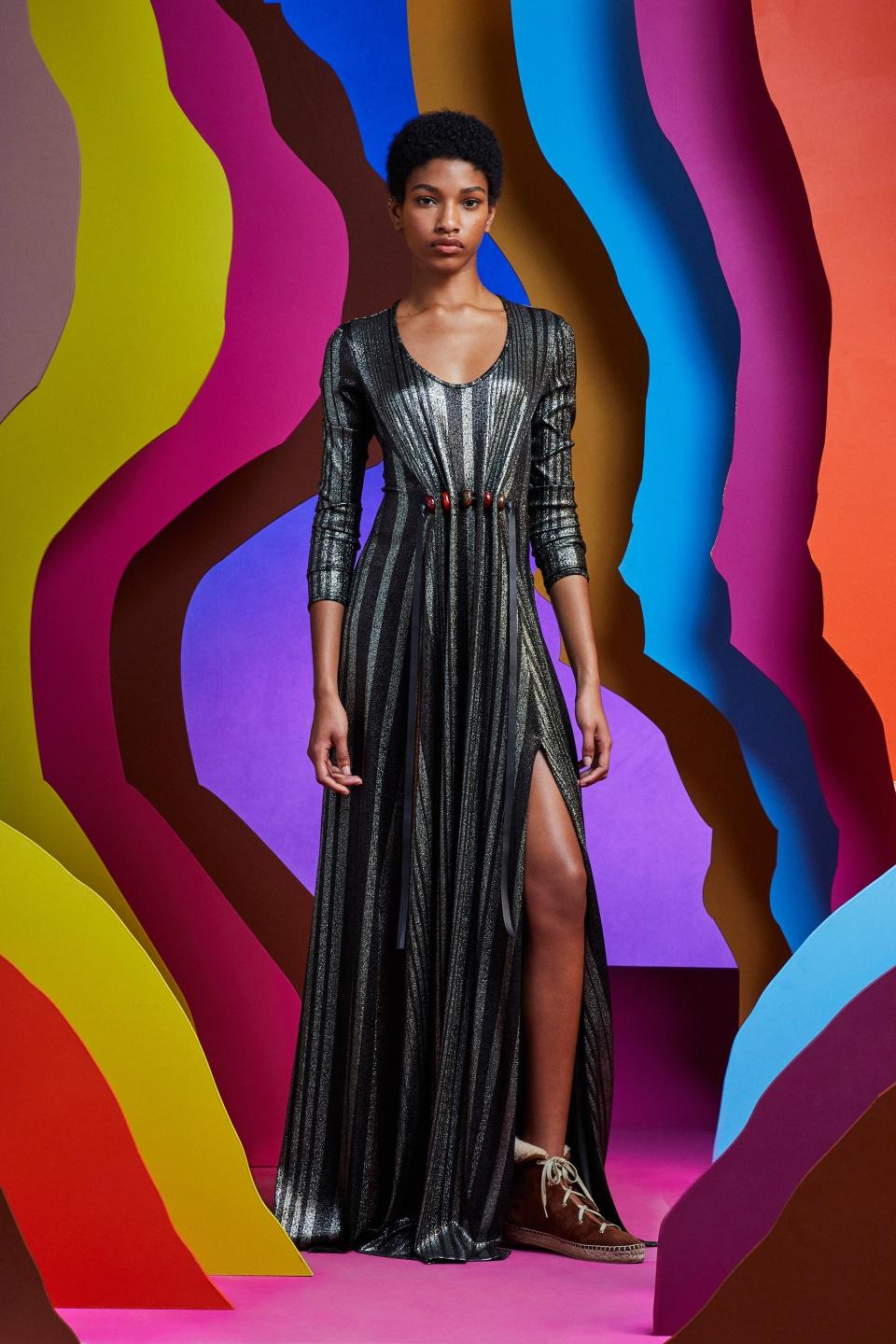
“When we closed our office, we had just started fittings for resort,” Joseph Altuzarra told Vogue Runway. “We’ve been working on it remotely and we’re still planning on having a resort collection in time for market.” The designer said the clothes and accessories will be presented virtually: “People are going to be building wholesale websites that stores can access.” Virtual showrooms would be a boon for all sorts of reasons, not least of all the industry’s carbon footprint, but how do brands create the assets necessary to populate them when all the people required to make those assets—models, photographers, stylists, etc.—are in lockdown? “Maybe you could send the clothes to different people and have them shoot themselves? Or you could theoretically send the clothes to a model and have her take selfies,” Altuzarra riffed. “We’re going to have to be creative and come up with a safe way of doing this.”
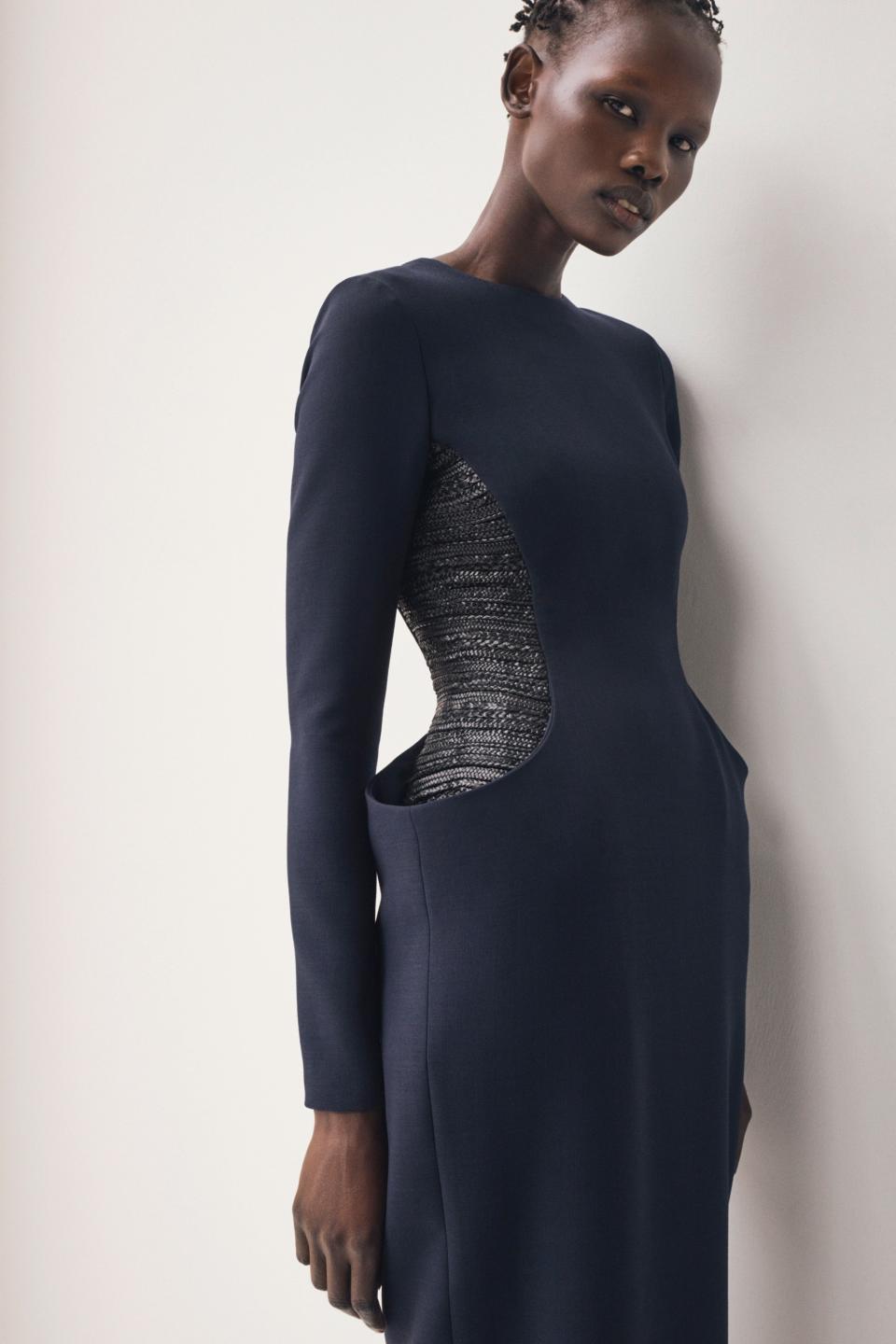
Gabriela Hearst is designing and selling resort too. “Quite simply,” she said, “we need the revenue, as we have vowed not to let go of any of our 40 team members. I will do anything and everything possible to make sure that no one from my team is an addition to the staggering layoff figures.” Hearst is in the advantageous position of being less reliant on fabric mills working at reduced capacity than some other brands. “I spent months looking for high-quality deadstock and recycled fabrics to make the samples and production for resort,” she explains. “Sixty percent of the production will be made with non-virgin materials, which was a goal of ours.” This could be an inflection point for Hearst’s brand, one in which her sustainability efforts produce real-world benefits beyond the good optics.
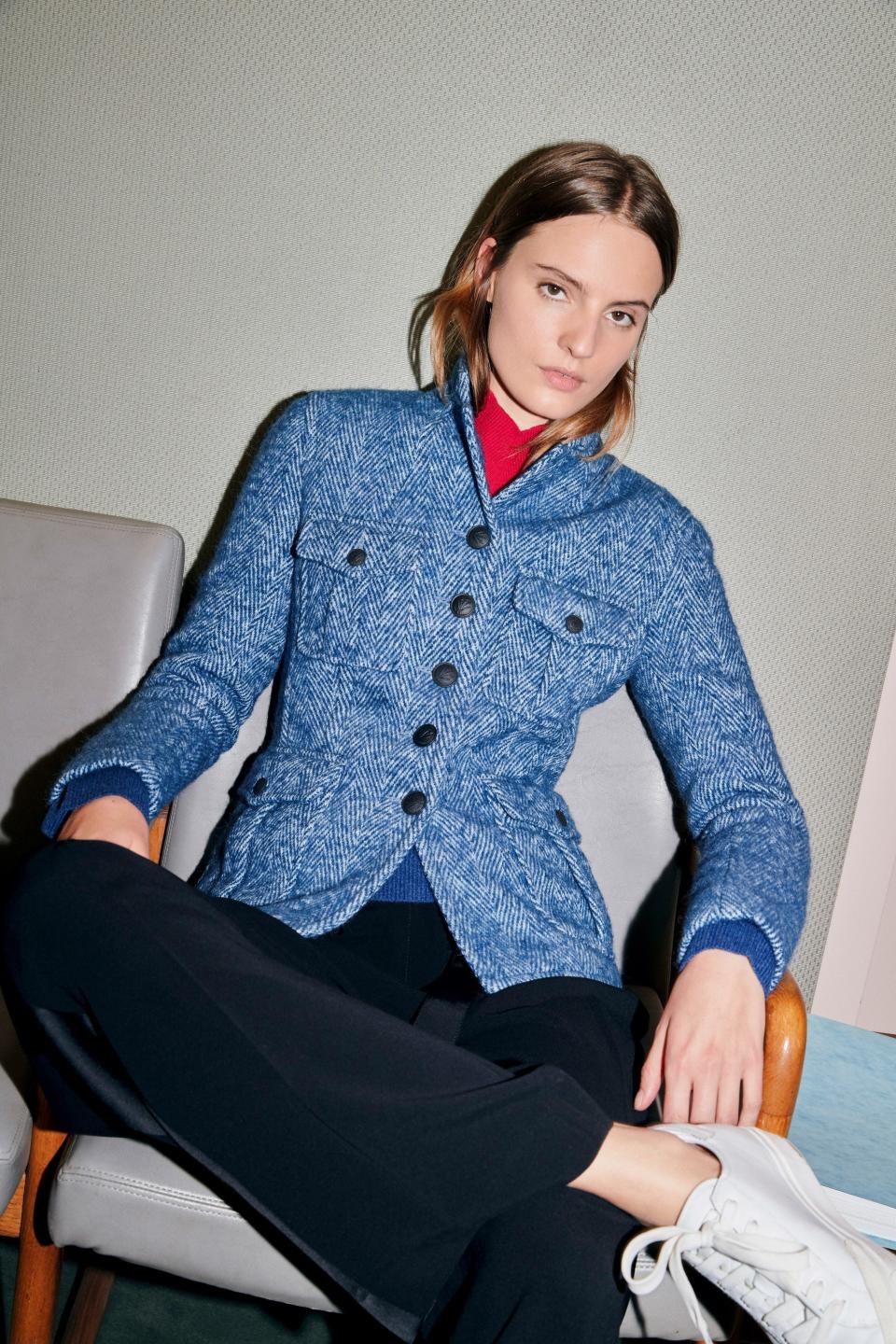
Rag & Bone’s Marcus Wainwright sees the crisis as a clarifying moment: “We’re all one ecosystem. How can we help each other to promote change? It feels like a time for us to get back to the roots of what fashion could and should be: clothes that have longevity and are authentically made.” Wainwright has likewise produced a resort collection, and as he and his team work remotely, they have been asking themselves hard questions: “What should the line look like? What does Rag & Bone stand for? Why are we doing it? What are we making that makes people feel good? The idea of protection and safety and value, of sustainable being clothes that don’t fall apart. That’s what I’m thinking about.”
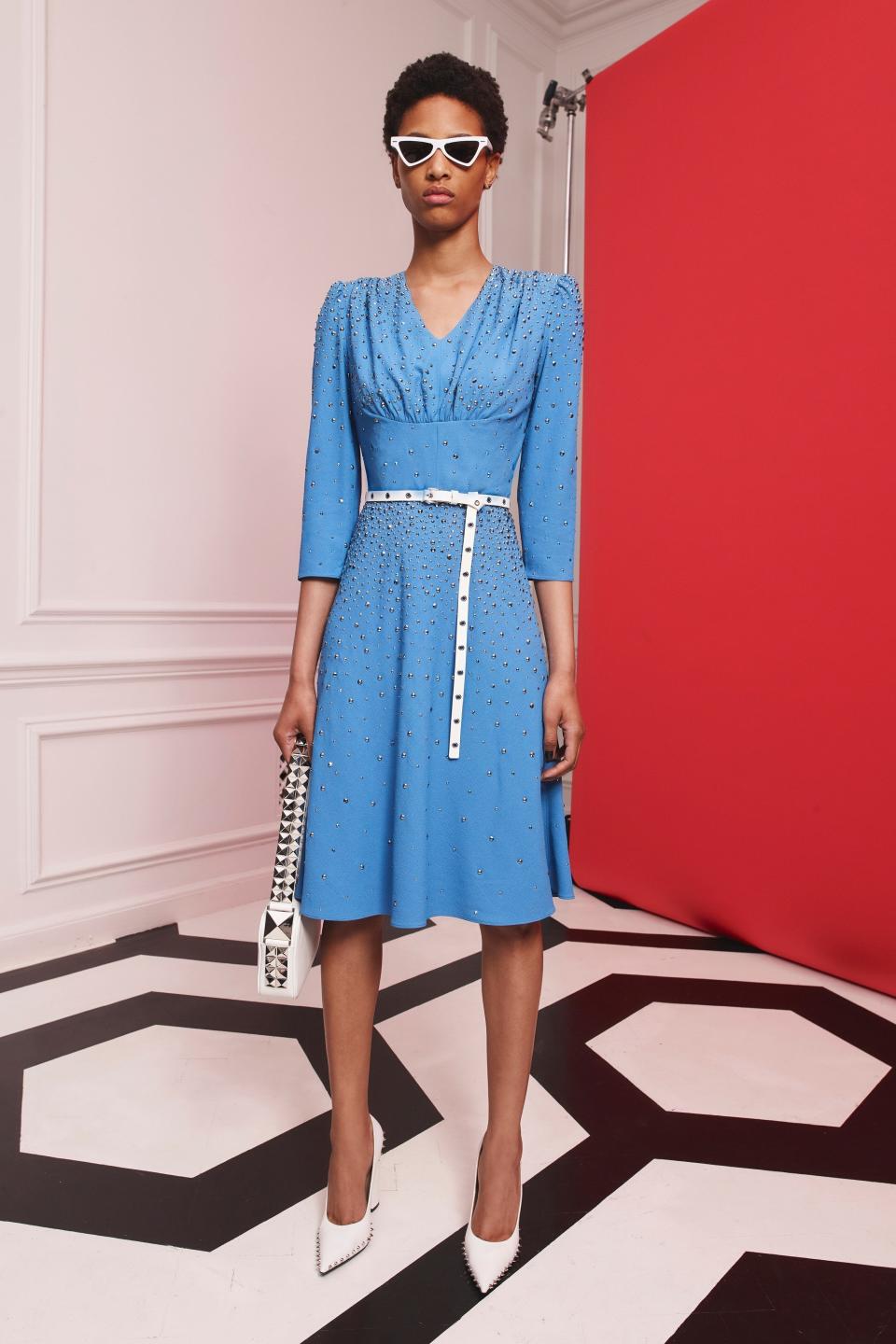
With his Italian- and French-made yarns and fabrics subject to European shutdowns, Michael Kors is taking the opportunity to make change of his own. The resort collection he would’ve presented in June will be shown to buyers only—not the press—in July, and deliveries will shift forward. Pre-fall will no longer arrive in stores in May, and fall will land when the weather starts turning cool in September, October, and November, not in high summer. “We are in no doubt the most horrific thing the world can ever imagine,” Kors said. “One of the only bright lights is that all of us are well aware that something has been broken for quite a while—it’s all a month to six weeks off, and it’s been that way for a long time.” Now the industry has an opportunity to change it.
Lisa Aiken, Moda Operandi’s buying and fashion director, weighed in with the retail perspective: “We are hopeful consumer confidence will return. The upcoming resort collections will be the most impacted. We are treading cautiously, but every retailer will want new merchandise come November. Brands are being nimble, some are moving pre-fall’s light summer collection to resort’s deliveries. This helps take the pressure off of the creative process and allows brands to do the right thing based on the structure of the collection and where they currently are in production. The consumer craves newness and we hope to see that in spring 2021 collections.” She continues: “Yes, our fall 2020 buy has been affected in regard to budget and timing. But we are working to minimize the impact on the designer’s production. It has been encouraging that the industry is collaborating and open to new concepts and ideas. What if we try this with one brand and that with another? Some brands are unable to produce fall, can we change their deliveries? These decisions being made will have a lasting effect on the fashion industry.”
Ikram Goldman, who owns Chicago’s Ikram boutique, proposes a more radical shift: the elimination of pre-collections and a calendar more attuned to women’s true shopping habits. “I want to buy in September for spring/summer, have it arrive in March, sell it March through June, and only then would it go on sale in July or August,” she says. “I don’t want to put my winter merchandise on sale before Christmas, when that’s the time to sell at full price.” She adds: “This is a moment to pause and reset what is necessarily long overdue in an industry that has lost its mission, which is to create beauty and not overwhelm people with product.”
Originally Appeared on Vogue

